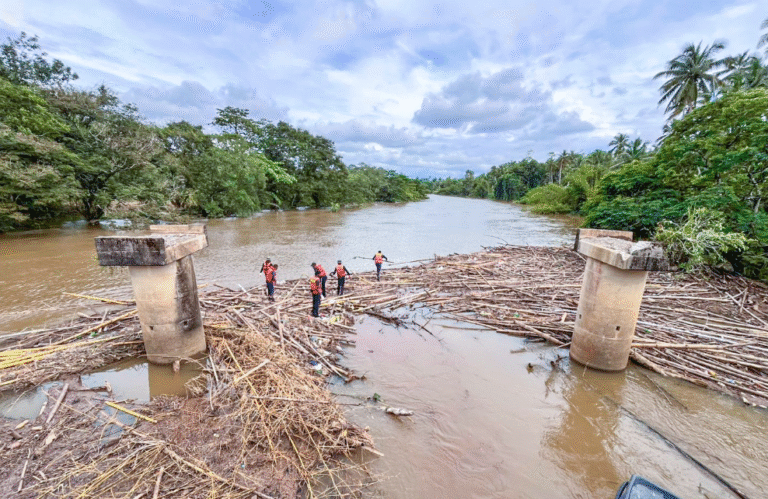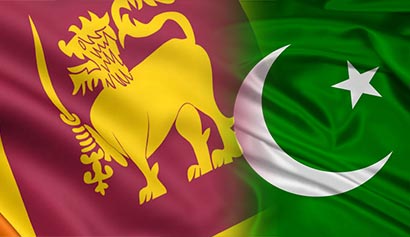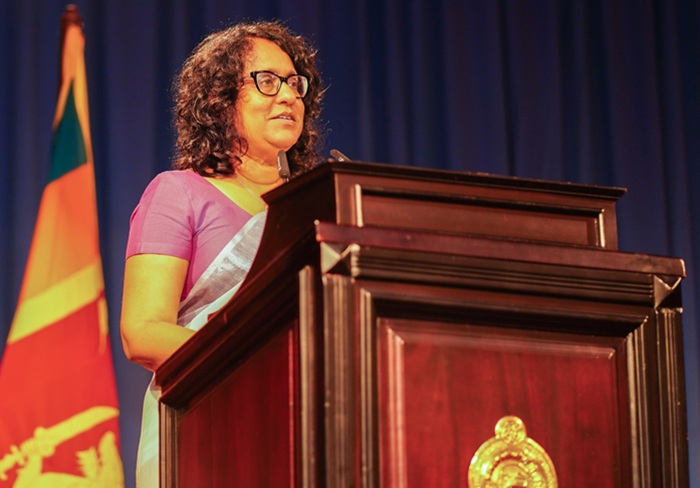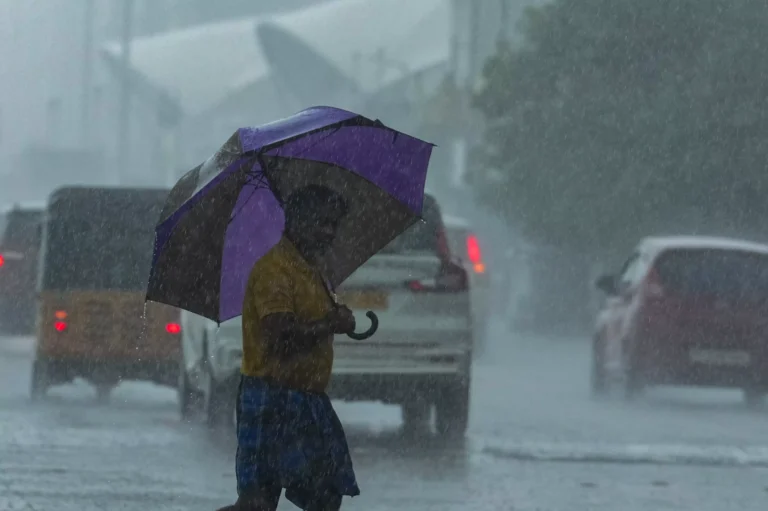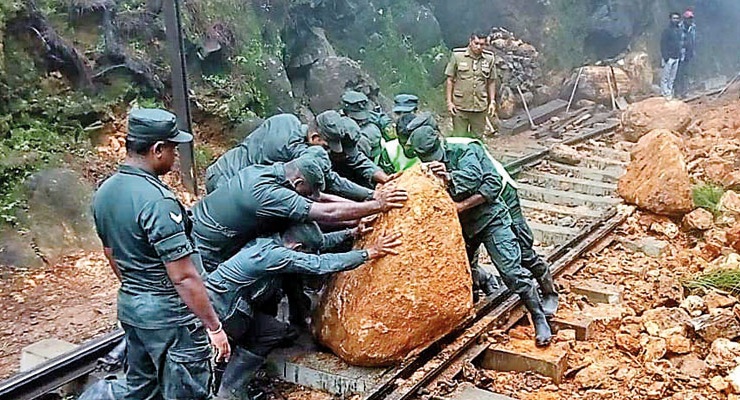President Anura Kumara Dissanayake has directed officials to prioritize the restoration of damaged road infrastructure to ensure the swift normalization of public life and the uninterrupted flow of transport services following the recent disaster.
The President issued these instructions during a meeting held yesterday (04) at the Presidential Secretariat with senior officials from the Ministry of Transport & Highways and the Ministry of Finance. The discussion focused on assessing the extent of damage caused to the country’s bridges and highways by Cyclone Ditwah and determining urgent measures required for rapid restoration.
Officials reported that approximately 247 km of A- and B-grade roads have been damaged due to landslides, flooding, and rising water levels, while 40 bridges have been destroyed. They further confirmed that 175 of the 256 damaged road sections have now been reopened to vehicular traffic.
The meeting also addressed estimated repair timelines, funding allocation, and priority areas for immediate reconstruction.
Among those present were Minister of Transport, Highways and Urban Development Bimal Ratnayake; Secretary to the President Dr. Nandika Sanath Kumanayake; Secretary to the Ministry of Finance, Planning and Economic Development Dr. Harshaana Suriyapperuma; Senior Economic Advisor to the President Duminda Hulangamuwa; Secretary to the Ministry of Transport, Highways and Urban Development Kapila Perera; Senior Additional Secretary to the President Russel Aponsu; Road Development Authority Chairman T. Paaskaran; Director General K.W. Kandambi; and other senior officials.

